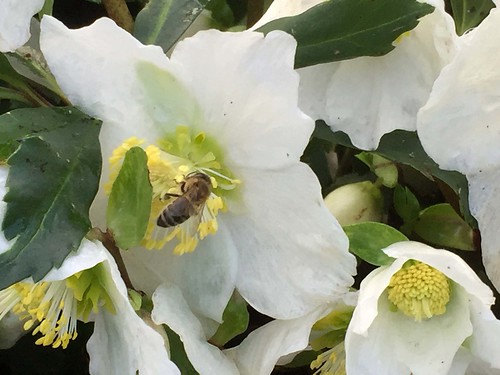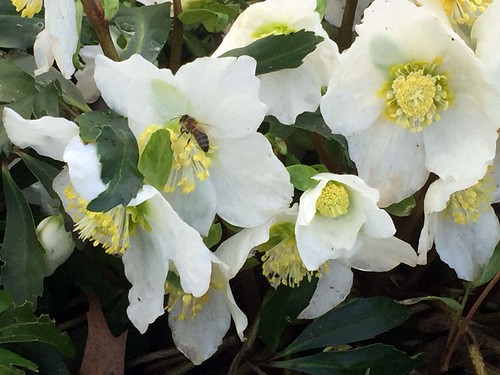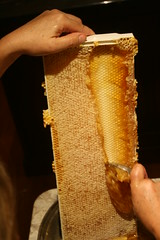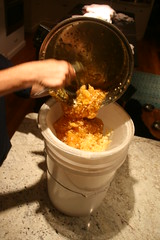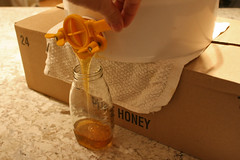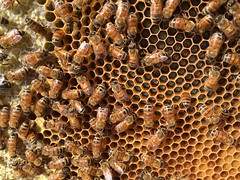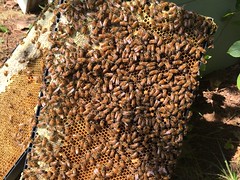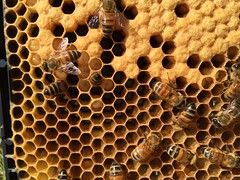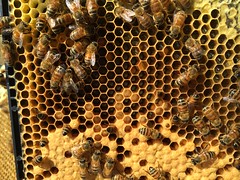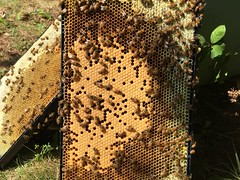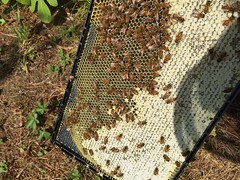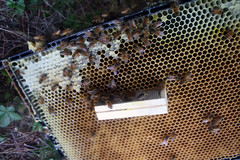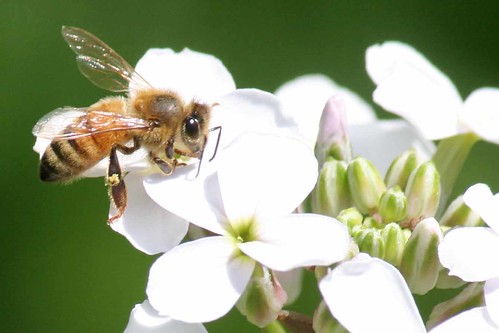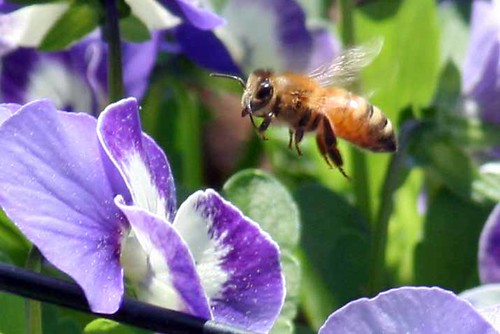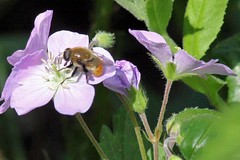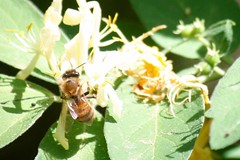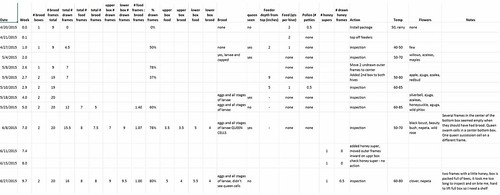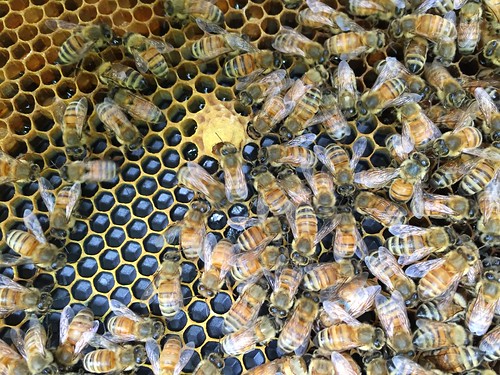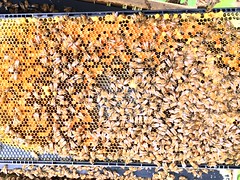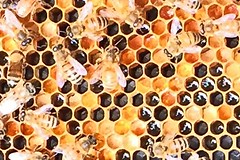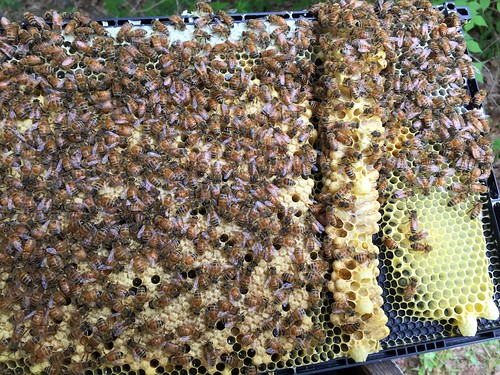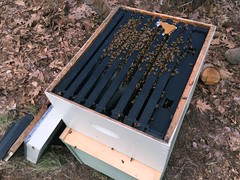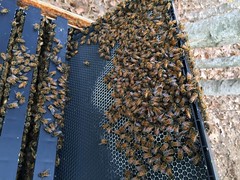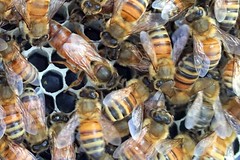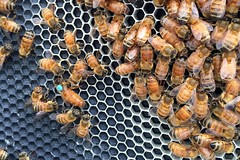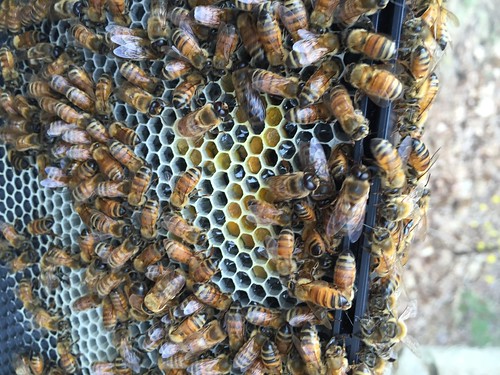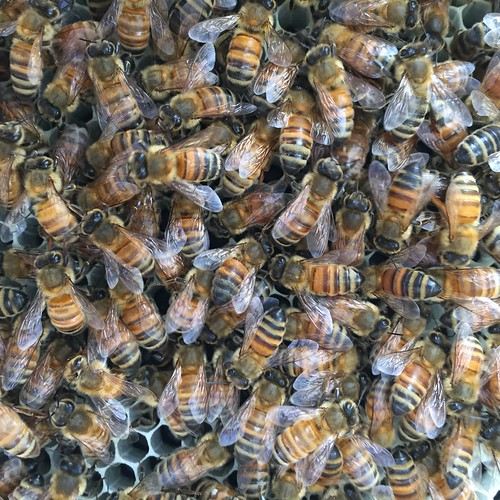A couple weeks ago, I was very worried because I thought my bees were about to swarm and had foul brood. After lots of advice, it turns out I had seen a row of drone cells and a few uncapped queen cups. I had also noticed that the bees were beginning to store food in old brood frames, which surprised me and I thought there was something wrong like foul brood or other nasty disease. My beekeeper friends probably got tired of reassuring me that my hives were OK. And, as one pointed out, foul brood and swarming are two complete opposites: An overly healthy hive and a sick one.
But at my last inspection yesterday, I am again concerned one of my hives will swarm. But it's the other one this time. My green hive has:
- about 20-25 capped queen cells located at the centers of frames
- packed full with built out frames all the way to the edges, 50:50, food:brood
- no action on the honey super that I put on about 2 weeks ago
I didn't inspect the lower brood box because I worried I wouldn't have been able to pick the top one up off the ground and get it back into place (I'll get a bench).
For comparison, my other hive (the white hive) has:
- no queen cells (This hive had 2 or 3 uncapped queen cups 3 weeks ago. They disappeared.)
- some action in the honey super (though only a little), about half a frame is built out
- a little extra space at the outsides of frames
From reading a bit, it seems my bees need more space. If the green hive has decided to swarm, it will be too late for any thing I can do. (Maybe its a supercedure, since queen cells are located in centers of frames, but there are SO many of them.) For both hives, I will try
- making and adding a couple
follower boards for each hive so bees will have space to hang out at the edges
- adding a
slatted bottom rack
And I'll buy an extra brood box in case I want to split a hive or catch a swarm.
